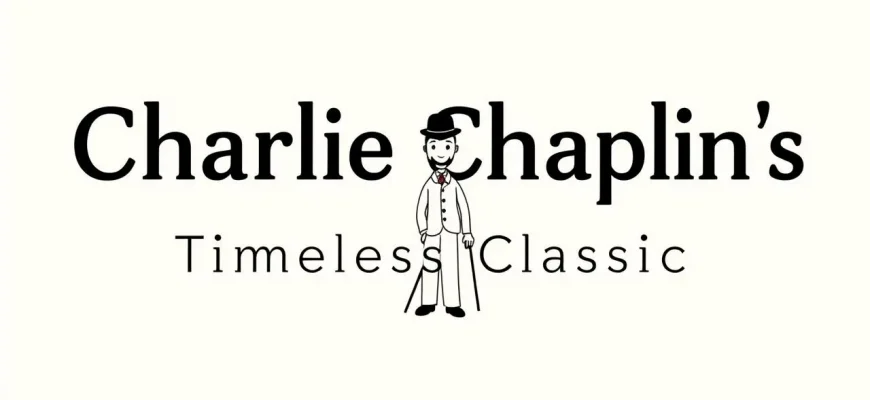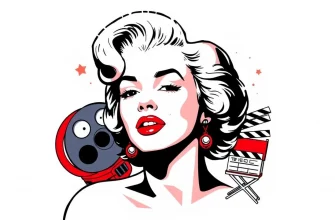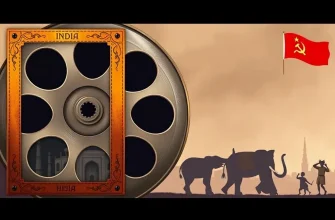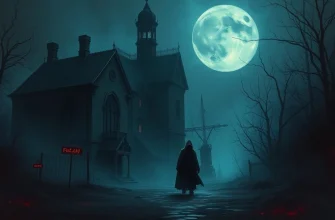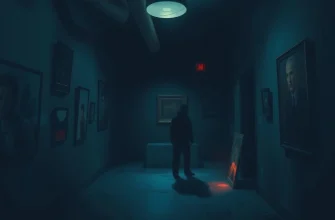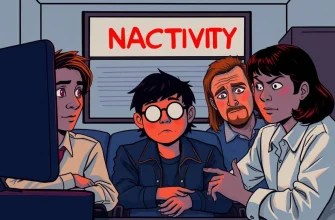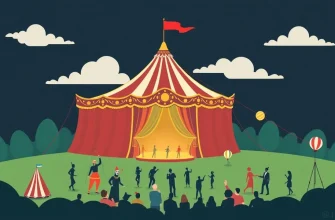Charlie Chaplin, a name synonymous with the golden age of silent films, has left an indelible mark on the world of cinema. This collection showcases ten of his most celebrated works, each offering a unique glimpse into Chaplin's genius for storytelling, humor, and social commentary. From his iconic character, the Tramp, to his poignant narratives, these films not only entertain but also provide a window into the past, reflecting the societal issues of their time. Whether you're a cinephile or a newcomer to Chaplin's work, this selection promises laughter, tears, and a profound appreciation for one of cinema's greatest artists.

The Kid (1921)
Description: This film marks Chaplin's first full-length feature where he introduces his Tramp character as a surrogate father to an abandoned child. It's a heartwarming tale that blends comedy with pathos, showcasing Chaplin's ability to evoke deep emotions.
Fact: The film was banned in some countries due to its depiction of poverty and child neglect. Also, Jackie Coogan, who played the Kid, became the first child star in Hollywood.
 Watch Now
Watch Now 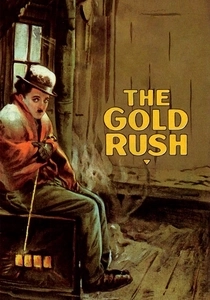
The Gold Rush (1925)
Description: Set during the Klondike Gold Rush, this film features some of Chaplin's most famous scenes, including the dance of the rolls and the cabin teetering on the edge of a cliff. It's a comedy of survival and romance in the harsh Alaskan wilderness.
Fact: Chaplin re-released the film with a synchronized soundtrack in 1942, including his own narration and music. The film was one of the first to be preserved in the National Film Registry.
 Watch Now
Watch Now 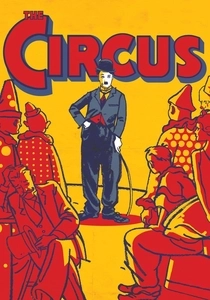
The Circus (1928)
Description: In this film, the Tramp accidentally joins a circus and becomes a sensation with his unintentional comedy. It's a light-hearted look at fame, love, and the circus life, with some of Chaplin's finest physical comedy.
Fact: The film was fraught with production issues, including a fire that destroyed much of the set. Chaplin had to reshoot many scenes, making it one of his most challenging projects.
 Watch Now
Watch Now 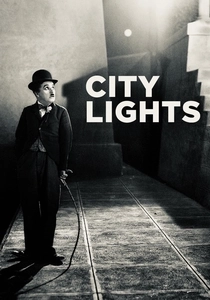
City Lights (1931)
Description: Often considered Chaplin's masterpiece, 'City Lights' tells the story of the Tramp's efforts to help a blind flower girl regain her sight. It's a perfect blend of slapstick comedy and heartfelt drama, with one of the most famous endings in film history.
Fact: Chaplin wrote, directed, produced, edited, scored, and starred in this film, showcasing his versatility. The film was released after the advent of talkies, yet it remained silent, proving Chaplin's belief in the power of silent cinema.
 Watch Now
Watch Now 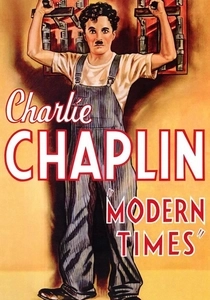
Modern Times (1936)
Description: A satirical take on industrialization and the dehumanizing effects of modern industry, 'Modern Times' features the Tramp's struggle with the assembly line and his quest for love and freedom. It's both hilarious and thought-provoking.
Fact: This was the last time Chaplin portrayed the Tramp character. Also, the film includes the first time the Tramp's voice is heard, albeit in gibberish.
 Watch Now
Watch Now 
The Great Dictator (1940)
Description: Chaplin's boldest political statement, this film satirizes Adolf Hitler and fascism, with Chaplin playing both a Jewish barber and the dictator Adenoid Hynkel. It's a daring comedy that also features a powerful speech advocating for peace and humanity.
Fact: The film was made before the U.S. entered World War II, and Chaplin faced criticism for his portrayal of Hitler. The final speech was added after the war had begun, reflecting Chaplin's hope for a better world.
 Watch Now
Watch Now 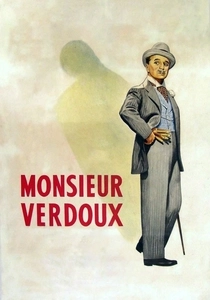
Monsieur Verdoux (1947)
Description: A dark comedy inspired by the real-life Bluebeard killer, where Chaplin plays a charming but murderous bank clerk. It's a departure from his usual roles, showcasing his range as an actor and his ability to tackle controversial themes.
Fact: The film was controversial for its time, with some critics and audiences finding it in poor taste. Chaplin himself described it as a satire on capitalism.
 Watch Now
Watch Now 
Limelight (1952)
Description: A semi-autobiographical film where Chaplin plays a washed-up music hall comedian who helps a young dancer. It's a poignant reflection on fame, aging, and the passage of time, with a deeply personal touch from Chaplin.
Fact: This was the only film where Chaplin's daughter, Geraldine, appeared with him. It was also the last film he made in the United States before moving to Switzerland.
 Watch Now
Watch Now 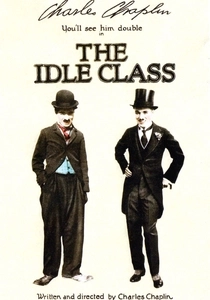
The Idle Class (1921)
Description: A short film where Chaplin plays both a wealthy man and a tramp, leading to a case of mistaken identity at a golf course. It's a humorous exploration of class differences and mistaken identity.
Fact: This film was one of the first to use the technique of double exposure to show Chaplin in two roles simultaneously, a technique he would refine in later films.
 30 Days Free
30 Days Free 
A Woman of Paris (1923)
Description: Although Chaplin appears only briefly in this film, it's significant for his attempt to move away from comedy into drama. It tells the story of a woman's rise and fall in Paris, focusing on themes of love, betrayal, and social status.
Fact: Chaplin directed this film but chose not to star in it, focusing instead on directing and writing. It was not a commercial success at the time but has since been recognized for its artistic merit.
 30 Days Free
30 Days Free 
